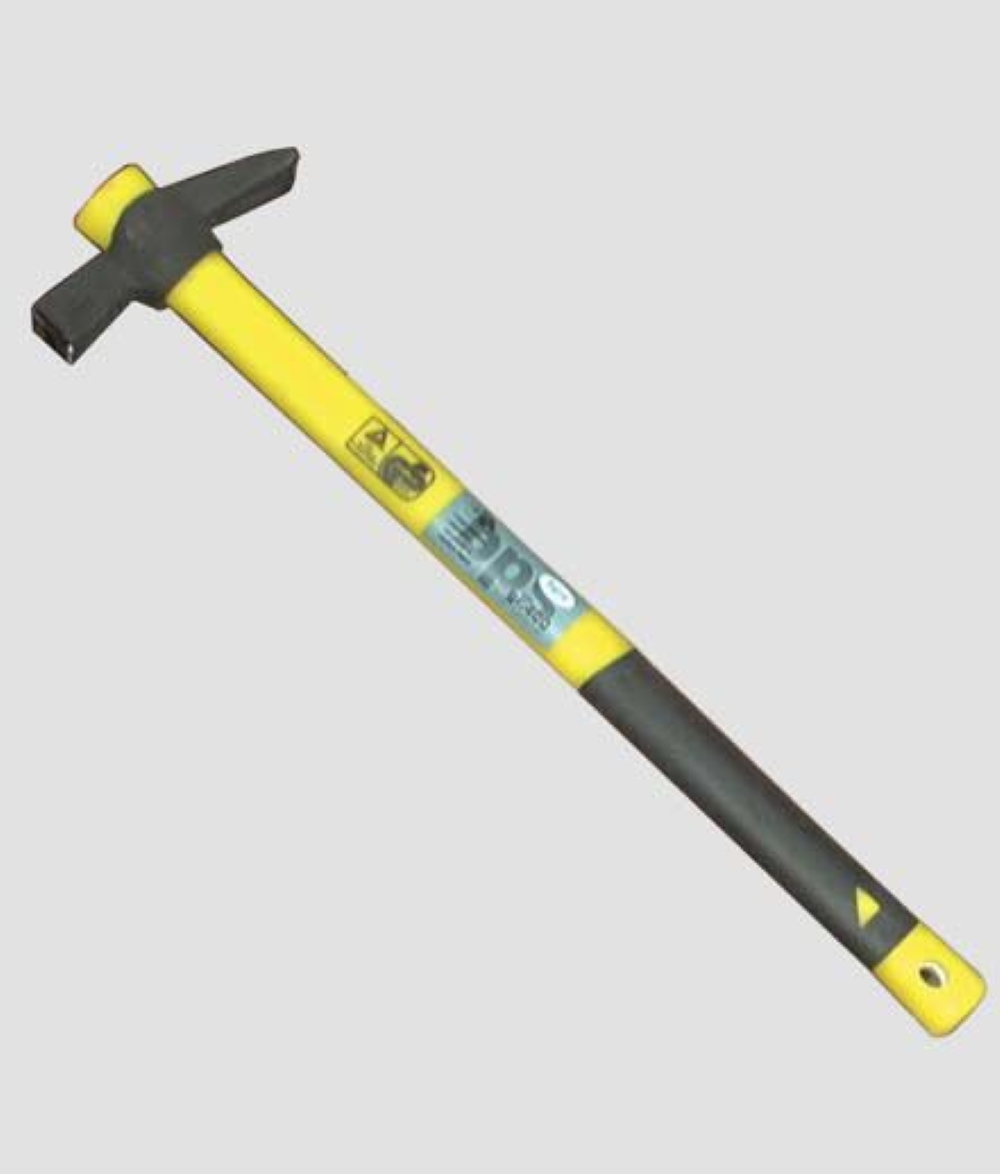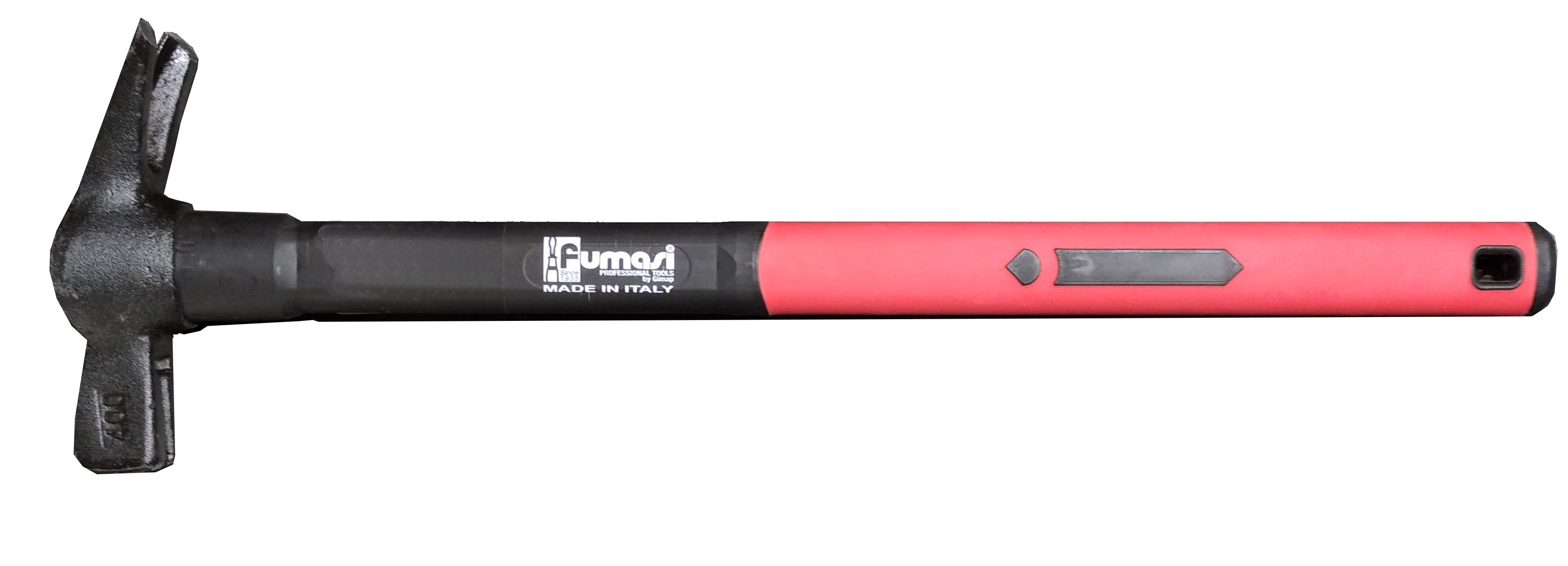

His manipulation of Virgil’s poetical landscape leads to the formation of a singularly complex space, novel in its literary and spiritual substance and quintessentially Dantean in its innovative approach to a contentious topic. The classical tropes used by Dante serve to highlight the thorny roots, both pagan and theological, of Dante’s conception of suicide. In this paper I propose that the Virgilian recollections upon which the episode of Pier della Vigna draws were used by Dante with the precise intention of creating a poetry utterly different to that of Virgil.

Dante’s suicides are constantly tormented by Harpies that derive directly from Virgil’s portrayal of them in Aeneid 3. The relationship between Pier della Vigna, a resident of the suicide wood, and Polydorus, of Aeneid 3, is salient in both their appearance in death and their rhetorical styles. The mesta selva itself, filled with gnarled thornbushes containing the souls of the suicides, is an inversion of the lugentes campi, the Mourning Fields, of Aeneid 6, where Aeneas finds the soul of Dido wandering in a myrtle wood.

The literary influence of the Aeneid is particularly clear in Inferno 13 as intertextual references alluding to characters and situations from the Aeneid are plentiful. Dante found a profound authority in the works of the poet Virgil, specifically in his capolavoro the Aeneid. In this paper I suggest a Virgilian reading of Dante’s depiction of the wood of the suicides in Inferno 13.


 0 kommentar(er)
0 kommentar(er)
